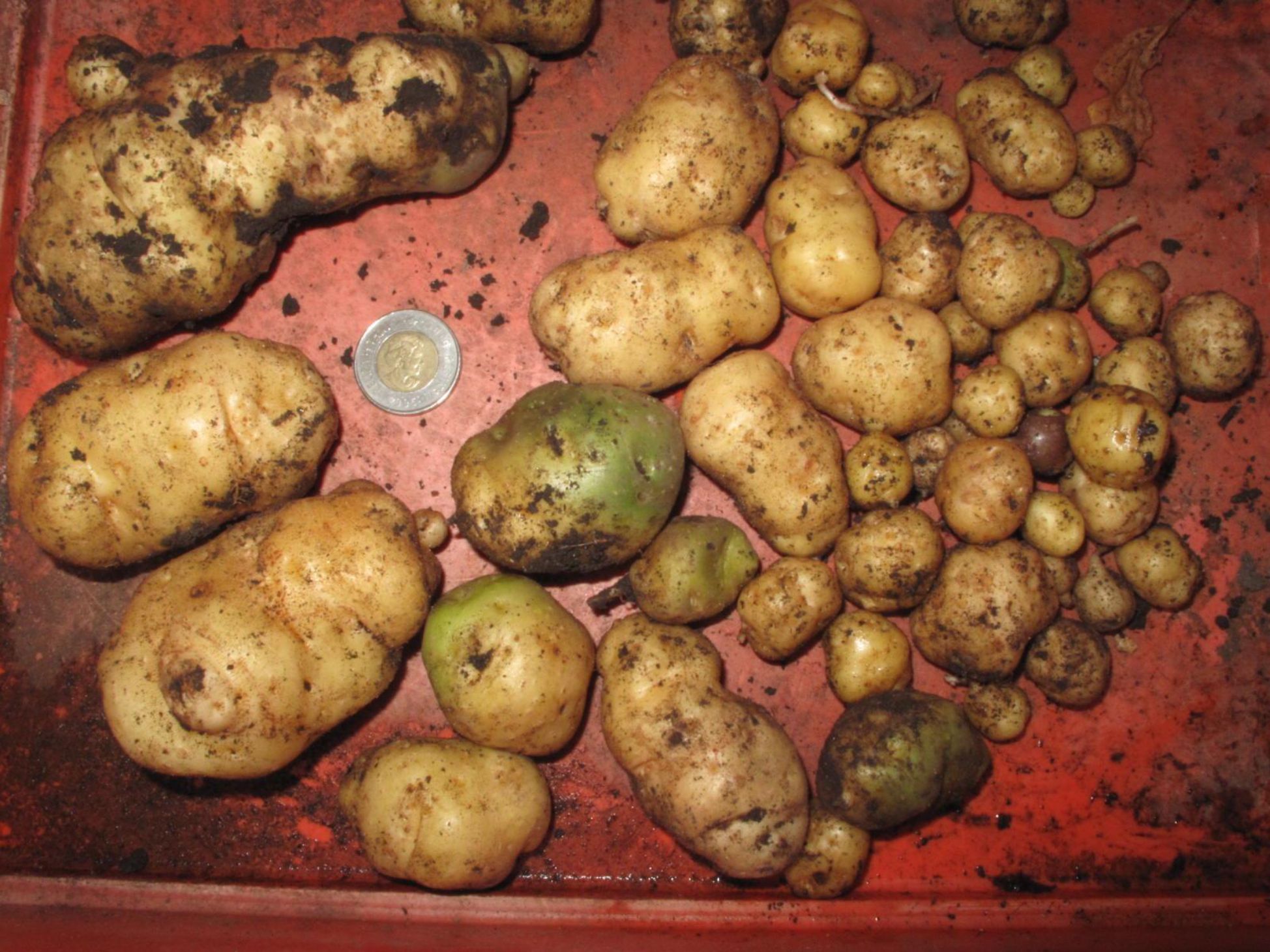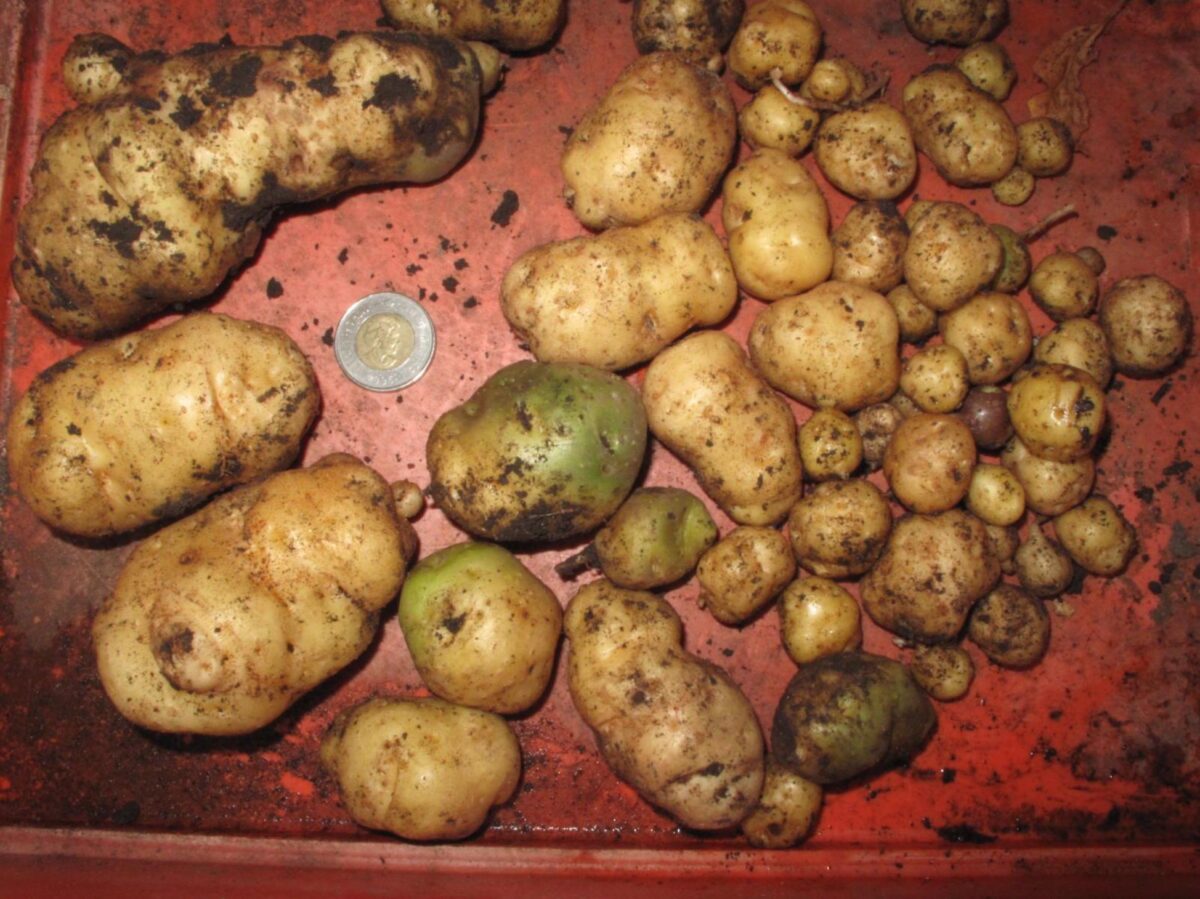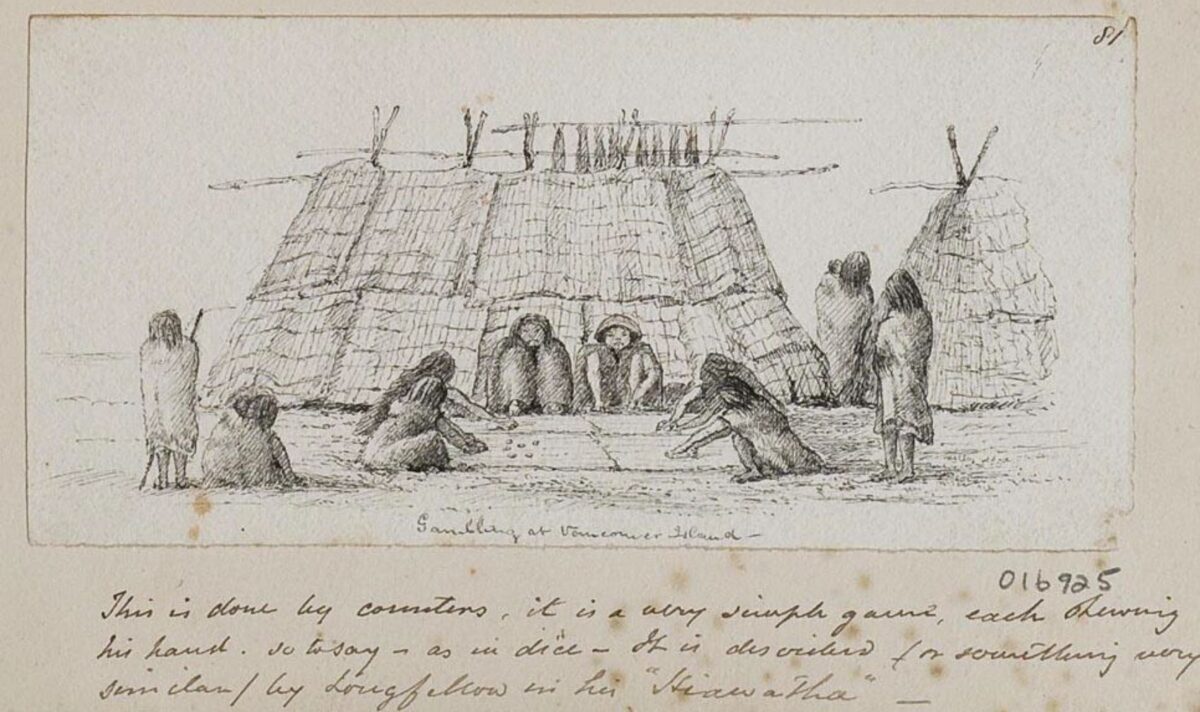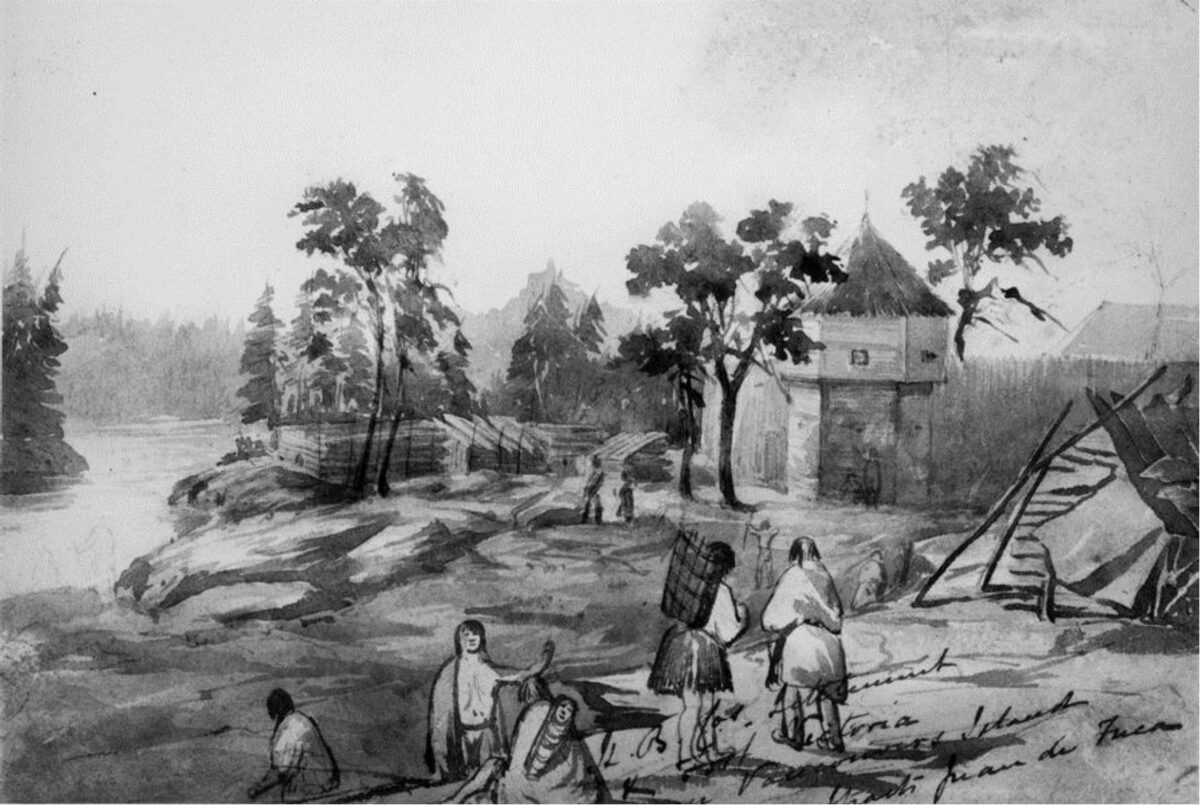
February 3, 2023. By Grant Keddie Introduction During the early period of European exploration and settlement, on what became the Colony of Vancouver Island, outsiders often spoke of the great skills of indigenous people in acquiring specific foods. However, the planning that went into Indigenous resource management practices was not recognized. Activities such as the organizing and placing of tied fir branches in inlets to collect herring eggs were not recognized as a form of aquaculture – which today they would be. Just as today we use the term oyster farms, would we not have to call the latter practice herring egg farming? The bias of Europeans as to what they considered forms of farming was clearly toward land-based agriculture. … Continue reading “Indigenous Peoples and Potato Cultivation”




